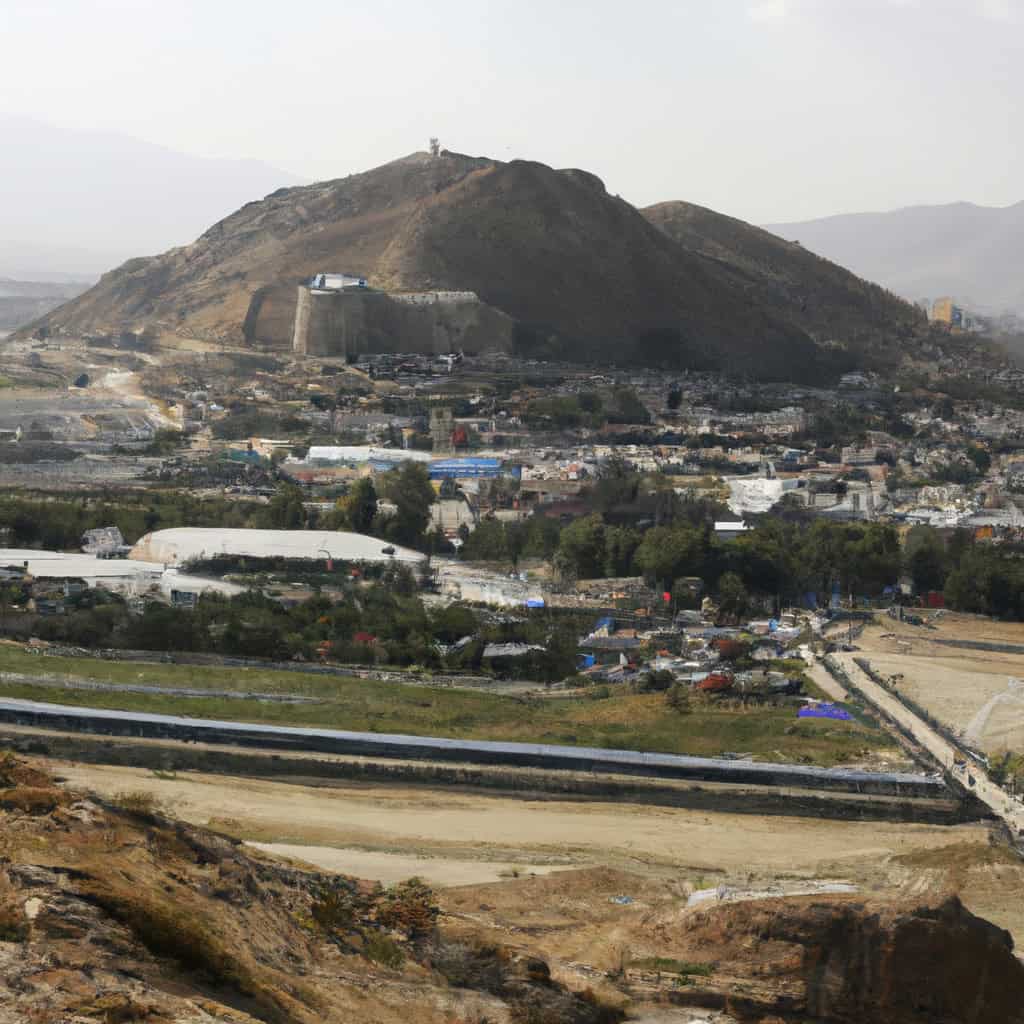Bala Hissar in Kabul is one of many fascinating sites that both foreign visitors and local tourists can explore while they visit Afghanistan and explore Kabul Province. This ancient fortress has witnessed countless historical events, cultural shifts and has played host to numerous pivotal moments in Afghanistan’s rich chronicle. From strategic military vantage point to the royal seat of power, Bala Hissar’s walls have many tales to tell.
Bala Hissar Most Important Events
- The Siege of 1837: The most impactful historical moment at Bala Hissar has to be the siege laid by the British Army led by Sir Claude Wade in 1837. The fort was a crucial stronghold during the first Anglo-Afghan war. It fundamentally changed the politics of region, and the echoes of that era can still be felt today.
- The Earthquake of 1842: Another significant event was the disastrous earthquake of 1842, which destroyed much of this majestic fortress. The disaster took a significant toll on the structure, yet the remnants still stand to narrate the tale of its glorious past.
- The Reconstruction Era: After many years of turmoil and destruction, the fortress underwent a significant restoration project during the era of Amir Sher Ali Khan in the 1870s. It was the rebirth of Bala Hissar which reinstated its place as a centerpiece of Afghan history.
History of Bala Hissar in Kabul
The fortress of Bala Hissar has been the sentinel of Kabul for more than a thousand years. The Persians named it Bala Hissar, meaning “high fort,” due to its strategic location overlooking the entire city. The earliest mention of the fort dates back to the 5th century AD when the Kushans ruled the region.
During the 13th century, the armies of Genghis Khan laid waste to the fortress. It was only in the late 15th century that the fort regained its importance under the rule of the Timurid Empire. In the following centuries, Bala Hissar would remain as the epicenter of power, withstanding the test of invasions, civil unrest, and natural disasters.
In modern history, the fortress served as the winter capital for Afghan kings before finally being transformed into a military college. While much of its original form has been eroded, Bala Hissar remains a testament to the city’s enduring spirit and resilience.
Why It’s Important to Afghan History
For centuries, Bala Hissar has been deeply intertwined with the destiny of Afghanistan. The fortress weathered the storm of invasions from Alexander the Great, the Mauryas, the Arabs, and even the Mongols. Each conqueror left an imprint on Bala Hissar, creating a composite canvas of cultural influences.
Not only was it a strategic stronghold that controlled access to the Indian Subcontinent, but it was also a symbol of power and authority. Bala Hissar served as a political and military hub, where rulers strategized, planned, and made decisions that changed the course of Afghan, if not world, history.
Why to Visit Bala Hissar
Stepping through the formidable gates of Bala Hissar, one cannot help but be swept away by its palpable historical aura. The fortress bears the marks of the cultural and political shifts it has weathered, and its formidable walls echo the tales of the countless men and women who walked its corridors.
Its architectural beauty is another captivating feature. Highlights include beautifully preserved archways, decadent ornate doors, and examples of Afghan military architecture.
- Stroll through the fortress grounds to feel the historical aura.
- Admire the captivating views of Kabul city from atop the hill.
- Explore the intricate Afghan architectural styles on display.
- Visit the on-site museum that houses striking antiquities.
- Delight in the serene environment of its tranquil hilltop position.
The site is easily accessible from the city center of Kabul. The best time to visit Bala Hissar is during the cooler spring and autumn months.
Cultural & Tourist Significance
Culturally, Bala Hissar has immense significance. It is directly connected to Kabul’s historical identity and it embodies the diverse cultural fabric that constitutes Afghan heritage.
The fortress also plays a role in local folklore, and its stories have been passed down over generations. As a tourism site, it offers a captivating glimpse into Afghanistan’s past, inviting visitors on a journey through time, from the early Kushan period to the modern era.
Lastly, Bala Hissar bears a universal appeal for history enthusiasts and casual tourists alike. Its lofty perch offers unparalleled panoramic views over Kabul, and its rich narrative offers a compelling insight into this captivating city.
Interesting Facts
One of the lesser-known facts about Bala Hissar is its underground passages. These tunnels were believed to have connected the fortress to the Kabul river and were used for supply purposes and as potential escape routes during battles.
Despite being ravaged by time and war, Bala Hissar’s entrance, known as the ‘Kabul Gate,’ still stands in all its majesty. Its intricate detailing offers a fascinating look into the design sensibilities of the time.
Furthermore, this majestic fortress is mentioned in Rudyard Kipling’s poem “The Ballad of East and West.” Kipling’s verse immortalizes its reputation as an insurmountable bastion in the minds of many a poetry enthusiast.
So whether you’re a history buff, a cultural enthusiast, or simply a curious traveler, Bala Hissar, with its layered past and architectural allure, certainly deserves a spot on your Afghan itinerary.

